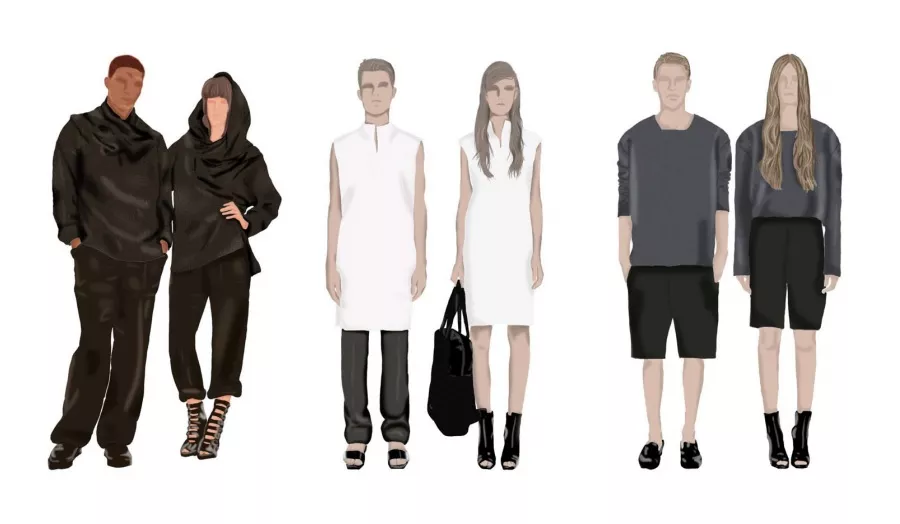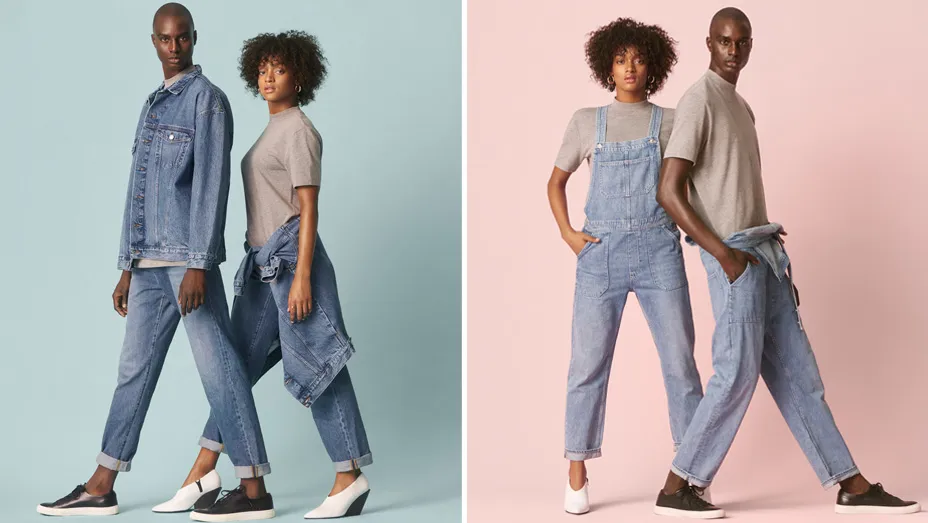Fashion and Gender Identity: Breaking Stereotypes
Fashion has long been a powerful form of self-expression, shaping and reflecting cultural norms and personal identities. In recent years, the relationship between fashion and gender identity has undergone significant transformation, challenging traditional stereotypes and fostering a more inclusive understanding of self-expression. This shift is not only reshaping the fashion industry but also contributing to a broader cultural movement towards gender inclusivity. Here’s an exploration of how fashion is breaking stereotypes and supporting diverse gender identities.


The Evolution of Gender Norms in Fashion
Historical Context
Historically, fashion has been distinctly divided along gender lines. Men and women were expected to adhere to specific styles, colors, and garment types that reinforced societal norms. For instance, suits and ties were associated with masculinity, while dresses and skirts were deemed feminine.
The Rise of Unisex Fashion
In the 1960s and 70s, the unisex fashion movement began to blur these boundaries, promoting clothing that could be worn by any gender. Designers like Yves Saint Laurent and brands like Levi's introduced styles that were more inclusive, challenging the rigid binary of gendered clothing.
Contemporary Fashion and Gender Fluidity
Non-Binary and Gender-Fluid Fashion
Today, many designers and brands are embracing non-binary and gender-fluid fashion. This approach rejects the traditional binary division of male and female clothing, instead offering pieces that can be worn by anyone regardless of their gender identity. Labels like Telfar, Eckhaus Latta, and Rad Hourani are at the forefront of this movement, creating collections that celebrate androgyny and fluidity.
Celebrity Influence
Celebrities and public figures have played a crucial role in normalizing gender-fluid fashion. Icons like Billy Porter, Harry Styles, and Janelle Monáe frequently don attire that defies conventional gender norms, using their platforms to promote a more inclusive understanding of fashion and identity.
The Role of Fashion Brands
Inclusive Sizing and Marketing
Brands are increasingly recognizing the importance of inclusivity in their sizing and marketing. Companies like ASOS, H&M, and Zara are expanding their ranges to include gender-neutral collections and larger sizes, ensuring that fashion is accessible to all body types and identities.
Campaigns and Representation
Fashion campaigns are also becoming more diverse, featuring models of various gender identities, ethnic backgrounds, and body types. This representation is crucial for breaking down stereotypes and fostering a more inclusive fashion landscape. Brands like Gucci and Calvin Klein have been praised for their inclusive advertising efforts.
DIY and Personal Style
Customization and Thrift Shopping
Many individuals are turning to DIY fashion and thrift shopping to express their unique gender identities. Customizing clothing allows for a personalized approach to fashion that transcends traditional gender norms. Thrift stores offer a vast array of styles and eras, enabling creative combinations that defy conventional categories.
Street Style and Social Media
Street style and social media platforms like Instagram and TikTok have democratized fashion, allowing individuals to showcase their personal style and challenge stereotypes. Influencers and everyday fashion enthusiasts share their looks and inspire others to experiment with their gender expression through fashion.
The Impact on Mental Health and Self-Esteem
Affirmation Through Fashion
For many people, fashion is a vital tool for affirming their gender identity. Wearing clothing that aligns with one’s sense of self can boost confidence and self-esteem, contributing to overall mental well-being. Fashion serves as a means of asserting one's identity and being seen and recognized in their authentic form.
Challenging Discrimination
While fashion can be empowering, it can also be a battleground for those challenging societal norms. Individuals who defy traditional gender expectations may face discrimination or judgment. However, the growing acceptance and celebration of diverse gender identities in fashion are gradually shifting public perceptions and reducing stigma.
Future Directions in Fashion and Gender Identity
Continued Innovation
The future of fashion will likely see continued innovation in materials, designs, and marketing strategies that prioritize inclusivity and diversity. Advances in technology, such as 3D printing and sustainable fabrics, may further revolutionize how we think about and engage with fashion.
Education and Awareness
Education and awareness are key to breaking down remaining stereotypes and fostering a more inclusive society. Fashion schools, industry leaders, and media platforms have a responsibility to educate the public about the importance of gender inclusivity in fashion.
Supportive Communities
Creating and supporting communities that celebrate diversity in fashion is essential. Whether through online forums, local meet-ups, or industry events, these communities provide spaces for individuals to share their experiences, inspire one another, and advocate for greater acceptance and inclusivity.


Fashion is a powerful vehicle for self-expression and a catalyst for cultural change. By breaking down traditional gender stereotypes and embracing a more inclusive approach to style, the fashion industry is playing a crucial role in promoting gender diversity and acceptance. As we continue to challenge and redefine norms, fashion will remain a vibrant and essential part of the journey towards a more inclusive and understanding world.












